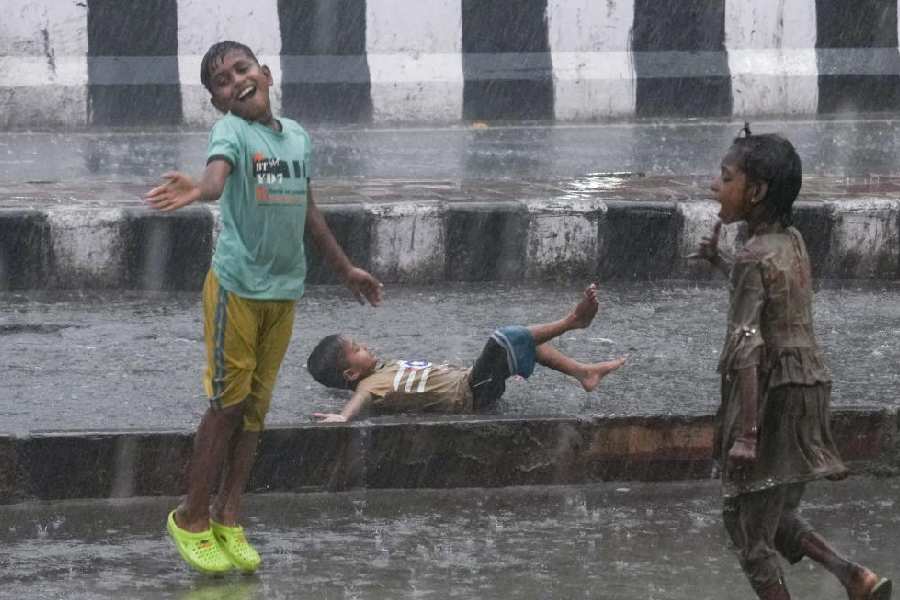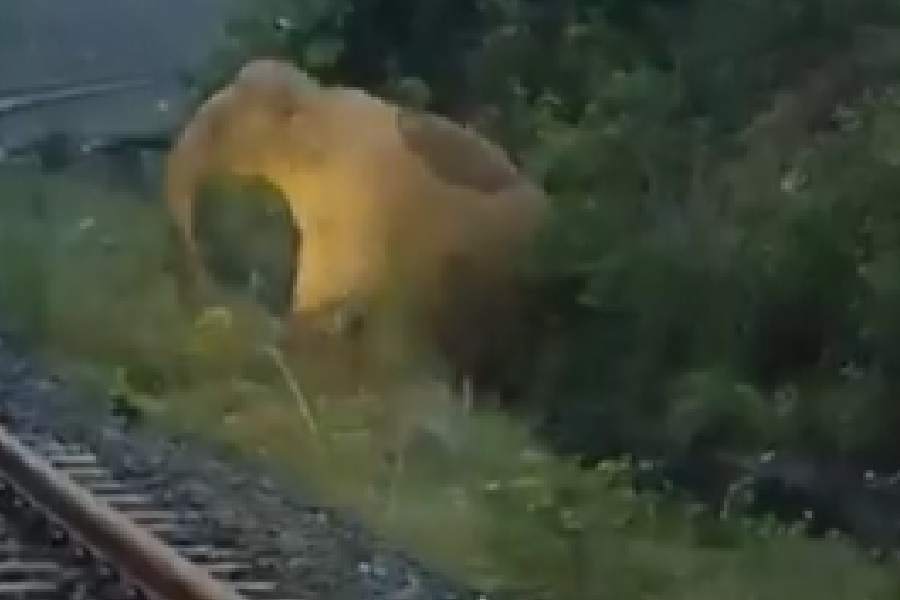 |
Jan. 29: Villagers preventing police from entering Nandigram on March 14, 2007, did not have firearms or sharp weapons, the CBI has said in a chargesheet that contradicts a Left government version that claimed the cops were attacked with bombs and bullets.
In the chargesheet submitted last month, the investigating agency has mentioned that the villagers, who had assembled under the banner of anti-land acquisition outfit Bhumi Uchched Pratirodh Committee, only had bricks with them.
“Based on the findings, the CBI has removed all grave charges, including those of attempt to murder and possession of firearms, against the villagers,” said a lawyer of a Haldia court where the CBI submitted the chargesheet on December 20.
The investigating agency has held 166 people responsible for “brick-batting” on March 14, 2007. It has diluted the charges against the accused, slapping them under IPC sections that carry a maximum punishment of three years in jail. The most stringent of the earlier charges is punishable with a life term.
“The Haldia court has asked all the accused to appear before the magistrate on April 19. If they fail to turn up, we will initiate action against them,” a CBI officer said in Calcutta.
The CBI started the Nandigram probe a day after the police firing. Calcutta High Court had taken suo motu cognisance and asked the agency to conduct an inquiry into the death of 14 persons in the firing.
In its preliminary findings in 2007, the CBI had told the high court that the police had opened fire in Nandigram “without provocation” and had violated the code of conduct.
Armed with a high court order, the CBI initiated two probes to ascertain the role of the protesters on March 14 and the police personnel who had tried to enter Nandigram.
“The chargesheet related to the probe into the role of the villagers on March 14 has been submitted. We are yet to submit our findings on the role of the police,” a CBI officer said.
Within 48 hours of the firing, the police had registered two cases at Nandigram police station against unknown attackers under the Indian Explosives Act and the Arms Act.
In the complaints lodged by the officers in charge of Nandigram and Khejuri police stations, it was mentioned that the police team had no option but to fire as the protesters had resorted to bombing, brick-batting and intermittent firing.
The CBI chargesheet says: “The main objective of villagers was to oppose the entry of police…. The additional superintendent of police, Haldia, made announcement on the loud hailer that police had arrived to maintain law and order in the area, the crowd opposed it and started pelting stones and bricks towards the Bhangabera bridge.”
The CBI chargesheet mentions that 47 rounds of tear gas shells and four rounds of tear gas hand grenades had been lobbed at the villagers, but the attempt to disperse them failed.
“Fifty-one rounds of rubber bullets were fired and when the crowd didn’t disperse, the crowd was warned of police firing. Police fired 10 rounds in the air, but the crowd continued brick-batting. Thereafter, inspector general, western range, Arun Gupta, and superintendent of police G. Srinibas ordered for target firing,” the chargesheet says.











